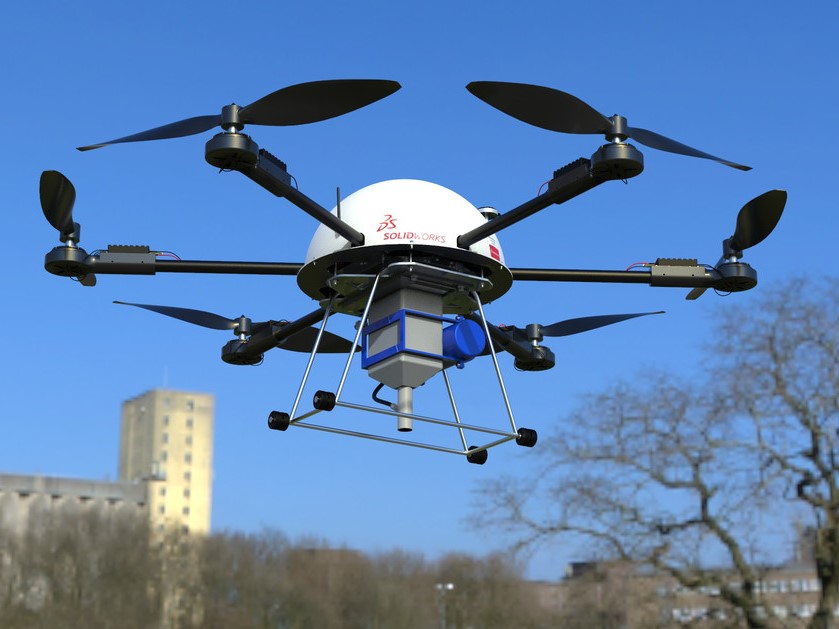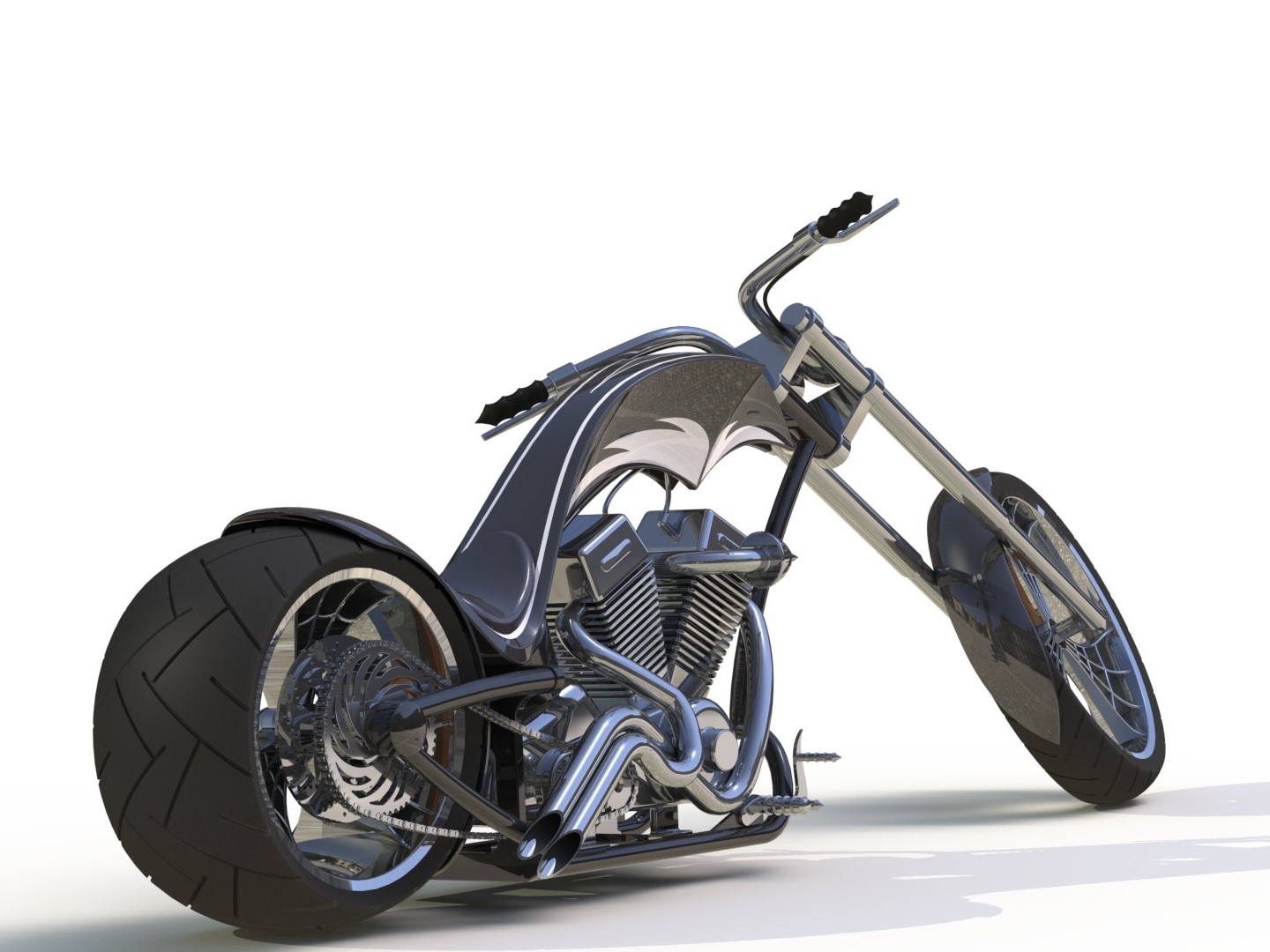Project
HydroHive

"HydroHive: Revolutionizing Urban Farming, One Drop at a Time"
Introduction
Hydroponic systems are a way to grow plants directly in water without using soil. Instead, the plant's roots get their nutrients from a water-based solution. This method can be more efficient than traditional soil farming, often leading to faster plant growth and bigger yields. There are different types of hydroponic systems, but they all share the common goal of providing plants with a balanced supply of water, nutrients, and oxygen. These systems are popular for growing vegetables, herbs, and other plants, especially indoors or in areas with poor soil quality.
Note: This is a team project done as part of the course Human Centered Design (ME 292C), for the fall 2023, at the University of California, Berkeley as a part of the MEng program. This documentation provides brief information on the project and mostly about my contribution to the project.
































